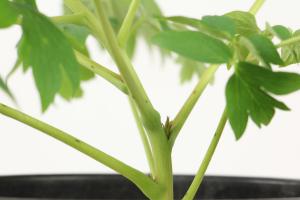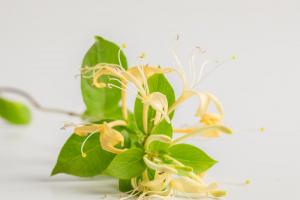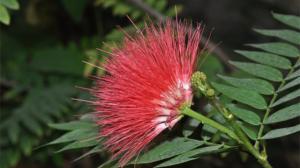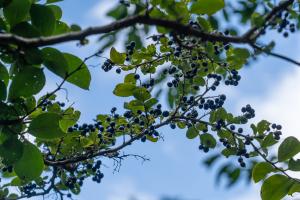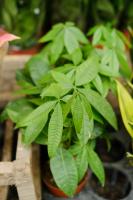Introduction
Fig trees are a popular choice for gardeners, thanks to their delicious fruit and ornamental beauty. However, planting a fig tree in the wrong location can lead to poor growth, disease, and reduced yields. In this article, we'll discuss some of the important factors to consider when choosing where to plant your fig tree to ensure that it thrives and produces a bountiful harvest.
Climate and Temperature
Fig trees are native to the Mediterranean region, and as such, they prefer a warm, sunny climate. In order to thrive, they need plenty of sunlight and warmth during the growing season, which extends from spring to autumn. In cooler climates, fig trees can be successfully grown in protected areas such as courtyards or against south-facing walls, provided there is enough sunlight.
When choosing a location for your fig tree, it's important to consider the minimum temperature your tree can withstand. Generally, fig trees can tolerate temperatures as low as -10°C, but this can vary depending on the cultivar. You should choose a location that is protected from cold winds and frost, especially during the winter months.
Soil and Drainage
Fig trees prefer well-drained soil that is rich in organic matter. They do not tolerate waterlogged soil, which can lead to the development of root rot and other diseases. If your soil is heavy or poorly drained, you can improve its drainage by adding organic matter such as compost or well-rotted manure to the soil.
Figs also require a slightly acidic soil pH. If your soil is too alkaline, you can lower the pH by adding elemental sulfur or other acidifying materials. It's important to test your soil's pH before planting your fig tree to ensure it is in the optimal range of 6.0-6.5.
Light and Shade
As mentioned earlier, fig trees require plenty of sunlight to thrive. They prefer a sunny location that receives at least 6-8 hours of direct sunlight per day. If your garden is shaded, you may still be able to grow figs by choosing a location that receives morning or late afternoon sun.
It's also important to avoid planting your fig tree in areas that are prone to strong winds or exposure to extreme heat. These factors can lead to stress on the tree, which can in turn lead to reduced yields and increased susceptibility to disease.
Space and Location
Finally, when choosing where to plant your fig tree, it's important to consider the space it will require as it grows. Fig trees can grow quite large, so it's important to choose a location that can accommodate their size. In addition, you should choose a location that is easy to access for maintenance tasks such as pruning and harvesting.
It's also a good idea to plant your fig tree away from other trees or buildings, as their roots can spread and compete with neighboring plants for water and nutrients. If you have limited space, you may be able to plant your fig tree in a container, which will allow you to move it to a more protected location during the winter months.
Conclusion
Choosing the best location for your fig tree is an important decision that can determine its growth and success. Be sure to choose a location that has good soil drainage and a slightly acidic pH, receives at least 6-8 hours of direct sunlight per day, and is protected from frost, winds, and extreme heat. With the right location and care, your fig tree will provide you with years of delicious fruit and ornamental beauty.

 how many times do yo...
how many times do yo... how many planted tre...
how many planted tre... how many pine trees ...
how many pine trees ... how many pecan trees...
how many pecan trees... how many plants comp...
how many plants comp... how many plants can ...
how many plants can ... how many plants and ...
how many plants and ... how many pepper plan...
how many pepper plan...